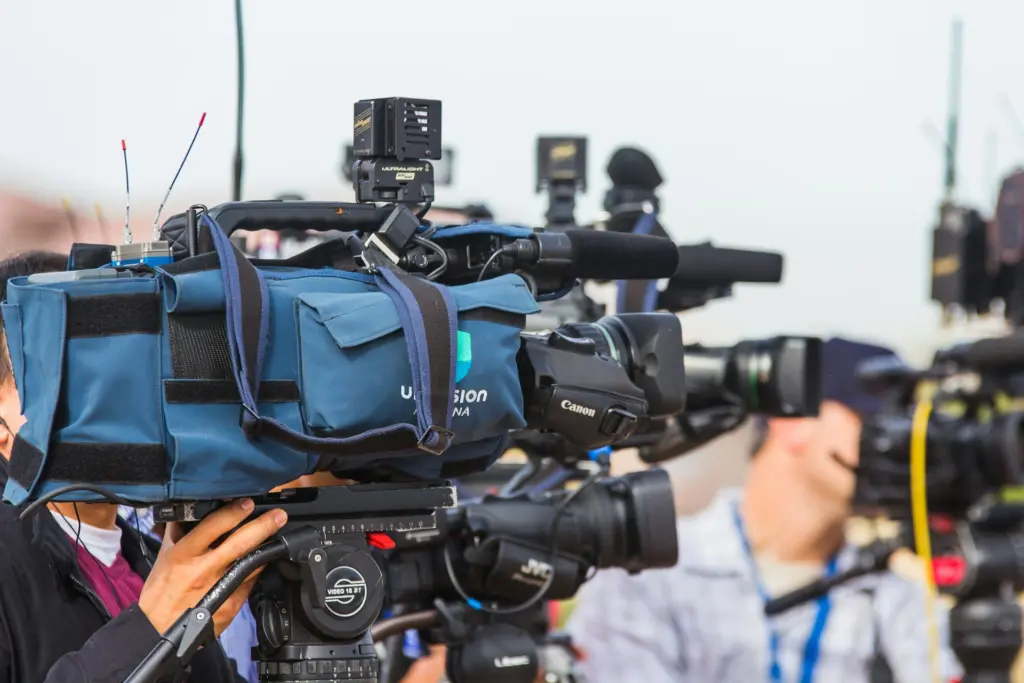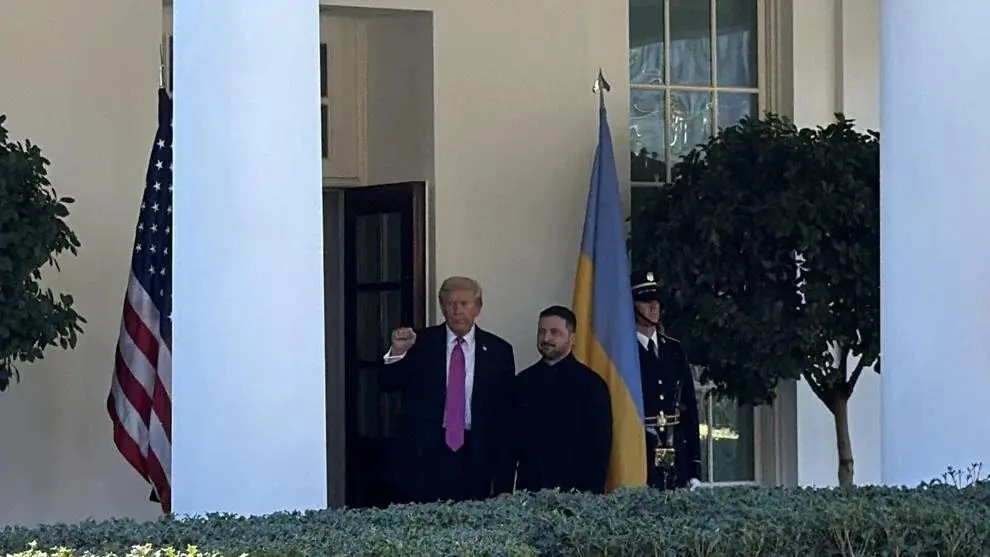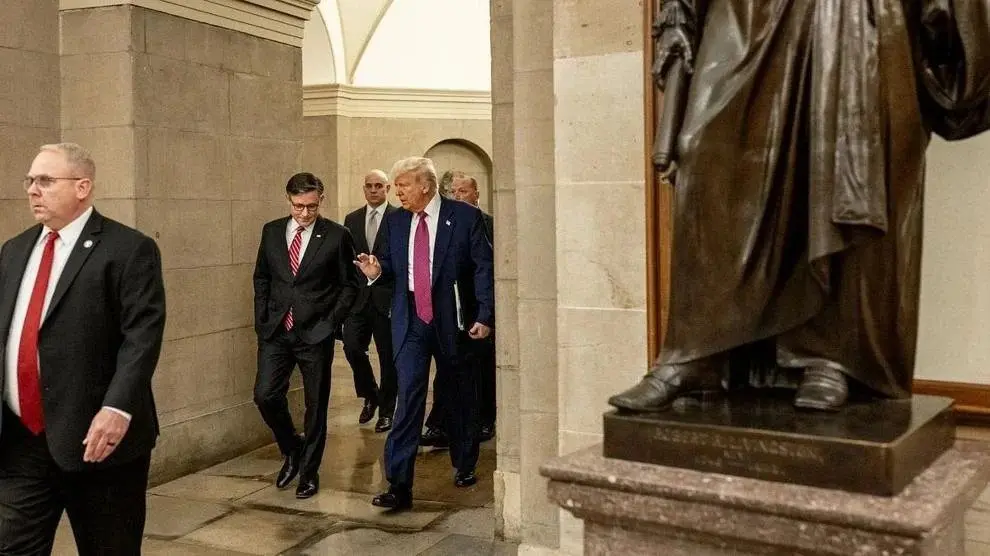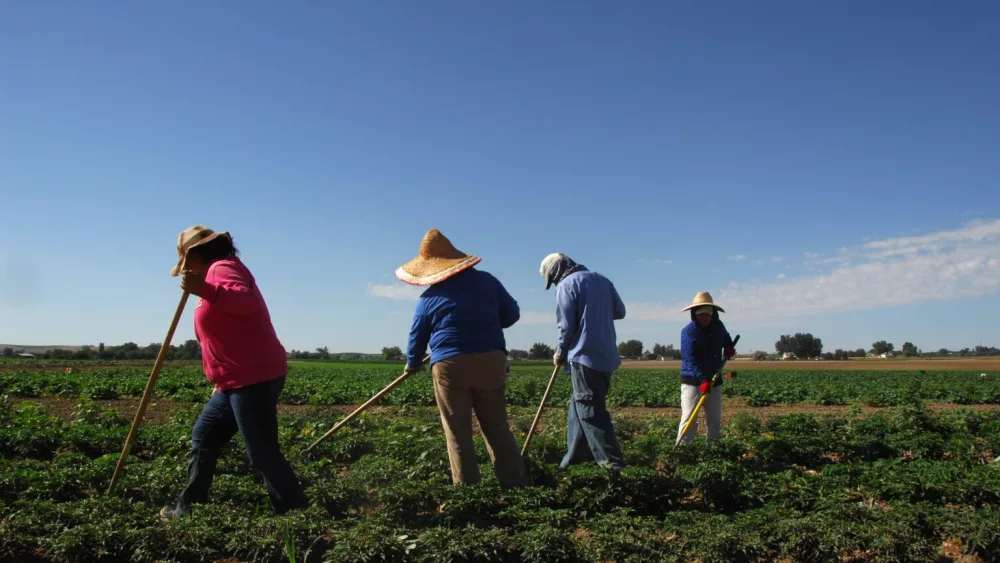WASHINGTON, D.C. – As concerns increase about freedom of the press in the U.S., at least 118 incidents of journalists being assaulted and 28 incidents of journalists being arrested or criminally charged have been reported so far this year, according to a national database that tracks the data.
The news comes as the U.S. Court of Appeals for the District of Columbia Circuit recently ruled that First Amendment rights for journalists aren’t guaranteed, The Center Square reported.
According to the U.S. Press Freedom Tracker, a nonpartisan news website and database created by the Freedom of the Press Foundation, there have been 28 incidents of journalists arrested or criminally charged during the course of their work this year.
Since 2017, the number totals 387, with the majority of arrests occurring at protests; 161 reporters were detained without charges; 91 were arrested where excessive force was used, according to the data.
The database cites each incident, including the reporter’s name, news outlet, data and location as well as links to detailed local, state and federal government records. It also includes a color-coded map detailing incidents by category in each state.
So far this year, 118 incidents of reporters being assaulted were reported, up from 81 last year, according to the data. Since 2017, reported assaults totaled 1,229.
Since 2017, 836 journalists were “deliberately targeted in assault;” 804 were assaulted by law enforcement; 384 assaulted by private individuals; 400 were “shot or shot at” and 338 were struck or sprayed with a chemical irritant, according to the data.
“Journalists face physical violence, either as the result of a targeted attack by a public or private individual or in the course of their work. If a journalist is hit by rubber bullets or bean bag rounds, it will be counted in this category,” the report states. “Journalists affected by tear gas, pepper spray or other mass riot control agents” are counted if they suffered serious injury or appeared to have been specifically targeted, the report notes.
The overwhelming majority of assault incidents, 110, were reported this summer in Los Angeles during anti-ICE protests. Nineteen assault incidents were each reported in Illinois and Washington, D.C., followed by 11 in New York, according to the data.
The freedom tracker also cites incidents of “chilling statements,” denied access to government events, equipment damage, search, seizure, subpoenas/legal orders, among others.
It defines chilling statements as “public threats made to reporters and media organizations by U.S. politicians and other public figures.” It cites 16 incidents reported this year and 91 since 2017.
It defines denial of access to government events as events that are traditionally open or attended by the press, but the press is denied access. This “deprives the public of significant information, appears to be retaliatory, or is done without meaningful justification,” it states. It cites 12 incidents this year and 112 since 2017.
One notable incident occurred in Fort Davis, Texas in June when sheriff’s deputies forcibly removed David Flash, the publisher of the Big Bend Times, from a Jeff Davis County Commissioners Court meeting while he was livestreaming it on Facebook. With no local news or live broadcasts of meetings, Flash reports on taxpayer issues to educate the public; the county judge claims he is harassing officials and has previously banned his access, the Texas Tribune reported.
The tracker also cites 36 incidents where journalists were subpoenaed to identify a confidential source since 2017, with many filed at the local level.
Examples include a former editor subpoenaed in an upstate New York constable’s defamation suit; a Maryland reporter subpoenaed to testify in a Dallas, Texas, murder trial; reporters from Wired and Conde Nast subpoenaed to testify in a lawsuit against Meta; a Virginia journalist subpoenaed by a state senator to obtain the source of his communications; an editor compelled to reveal confidential sources in a defamation lawsuit in Massachusetts; a Berkshire Eagle editor ordered to turn over his reporting notes in a Massachusetts case; among others.
Since 2017, 291 subpoenas/legal orders have been filed, according to the data, including dozens of subpoenas sent to telecom and tech companies to get journalists’ cell phone records.
The tracker cites multiple examples of warrants issued to obtain communication or work product of journalists. They include a Marion County Record editor’s home raided by local law enforcement; a KXWI-FM radio reporter’s phone seized by North Dakota police; an Ashville Blade reporter’s phone confiscated while she was covering a homeless camp eviction; a North Bay News reporter detained and released without being processed whose home was raided by San Francisco police to obtain equipment, among other examples.
The tracker compiles the data to inform the public, stating, “Constant vigilance and honest accounting of the country’s track record on press freedom is an essential part of our democracy.”





